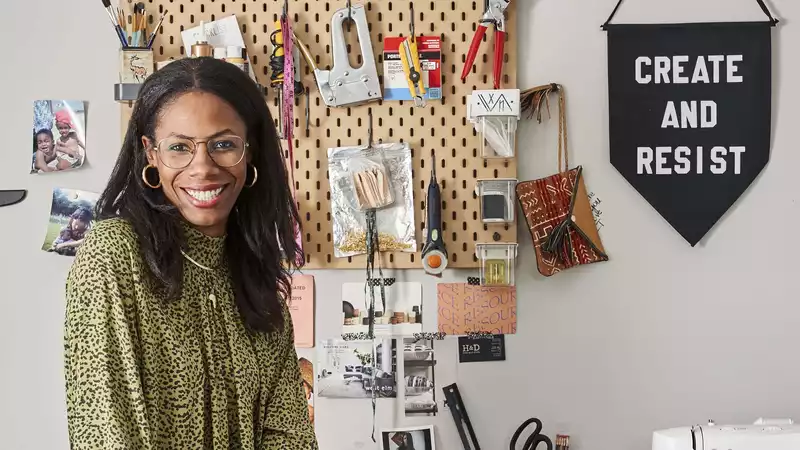How I paid only $0.73 at closing when I bought the house
Nasozi Kakembo was living with his son in Brooklyn when he decided he wanted to buy a house. After changing locations and searching extensively for homebuyer assistance programs, he found one that covered all but $0.73 at closing.
Three years ago, I was living in New York City and looking to buy a home. New York is a very competitive market. And after living here for 12 years, I was feeling burned out on the city. I had a son who was in second grade at the time, now in fifth grade, and I was looking for a place where the schools and neighborhoods were a little easier and the quality of life was different.
I had family in Maryland, where I was born and raised, and I started thinking, "What would happen if I went back?" So my son and I moved south.
I was self-employed and didn't want to jump in and buy a house right away. Then I started working at Johns Hopkins, and I wanted to get a little organized before applying for a mortgage. I wasn't a total newbie: I've always been interested in real estate and I have a master's degree in urban planning. I've always been interested in real estate, and I have a master's degree in urban planning.
But it was very much a process of research and understanding what else a mortgage company would consider so that I would be the best candidate.
They are looking for a stable employer and some savings. And they really compare your debt to income ratio. In my case, even though I was able to switch my student loans to lower my ratio, the challenge was to pay off enough while leaving enough for a down payment. When I had the money, I felt obligated to pay down the debt, not spend it. I think this is one of the problems with millennials: we have a lot of student loan debt. That has prevented us from owning a home. That has been really exhausting.
I thought, there has to be some other way. Everything else was already checked: I had a great credit score, a good job, and was responsible with my money. Occasionally I would hear about homeownership incentives in designated pockets around campus. When I was ready to really think about homeownership, I literally googled "homeownership grants": there was a national program called NACA, a Maryland program that provides assistance to homeowners with student loan debt over a certain amount, and so on. Some of them were a bit confusing or not for me, but I came across the county program and went to an introductory session.
Many of these are for people with bad credit, but that wasn't my problem, it was literally just the down payment. So I finally took advantage of a program that offered special assistance with down payment and closing costs up to $15,000. It was income based, but the guidelines were for middle income people. So I enrolled in this program. There was a housing counseling workshop with a mortgage lender, followed by a one-on-one where I printed out my credit report and pay stubs and went over everything. You get a thorough look at what you spend in a month and how much you spend. These are incidental, but they add up; it was a 30-day financial statement.
I found a home based on our needs. My wish list was normal for most areas outside of New York, including that it had to have a dishwasher. The realtor was like, "Oh, every house has a dishwasher. But I hadn't used a dishwasher in 12 years.
I was able to get a property with an outdoor space, dishwasher, washer/dryer, and my own parking space. It is a 3 bedroom, 3 bath in a solid middle class neighborhood. My son has his own bathroom, mine is on the main floor and his bathroom is upstairs. It was truly the perfect home for us and would not have been possible without this amount for the down payment and closing. In addition, my realtor specified in the contract that the seller would be responsible for 2% of the closing costs, and with the $15,000 from the county program, I was left with only $0.73. My credit score was high enough that I was able to get the best possible mortgage rate available at the time.
After purchasing and moving in, I completely transformed my home through a series of DIY projects. I started with the kitchen first: I painted the cabinets grayish blue and installed new hardware. That meant I had to drill 60 holes. Then I put marble contact paper on the counters and installed the same IKEA shelves I had used in my Brooklyn apartment. I knew I wanted subway tile because of my New York background. That backsplash was very challenging. If I had paid someone to do it, it would have been very expensive. Suffice it to say, the house was quite an adventure.
.






Comments